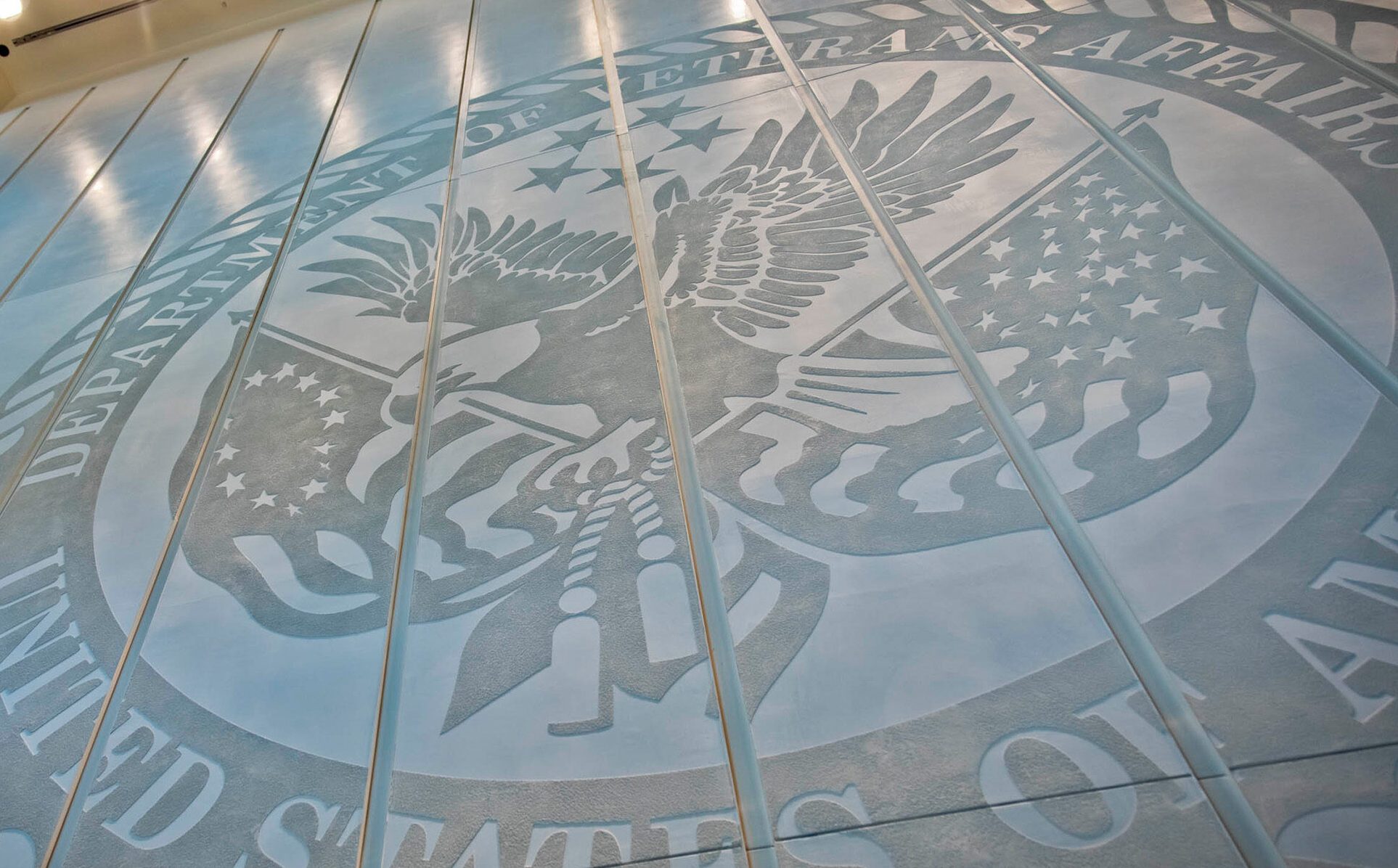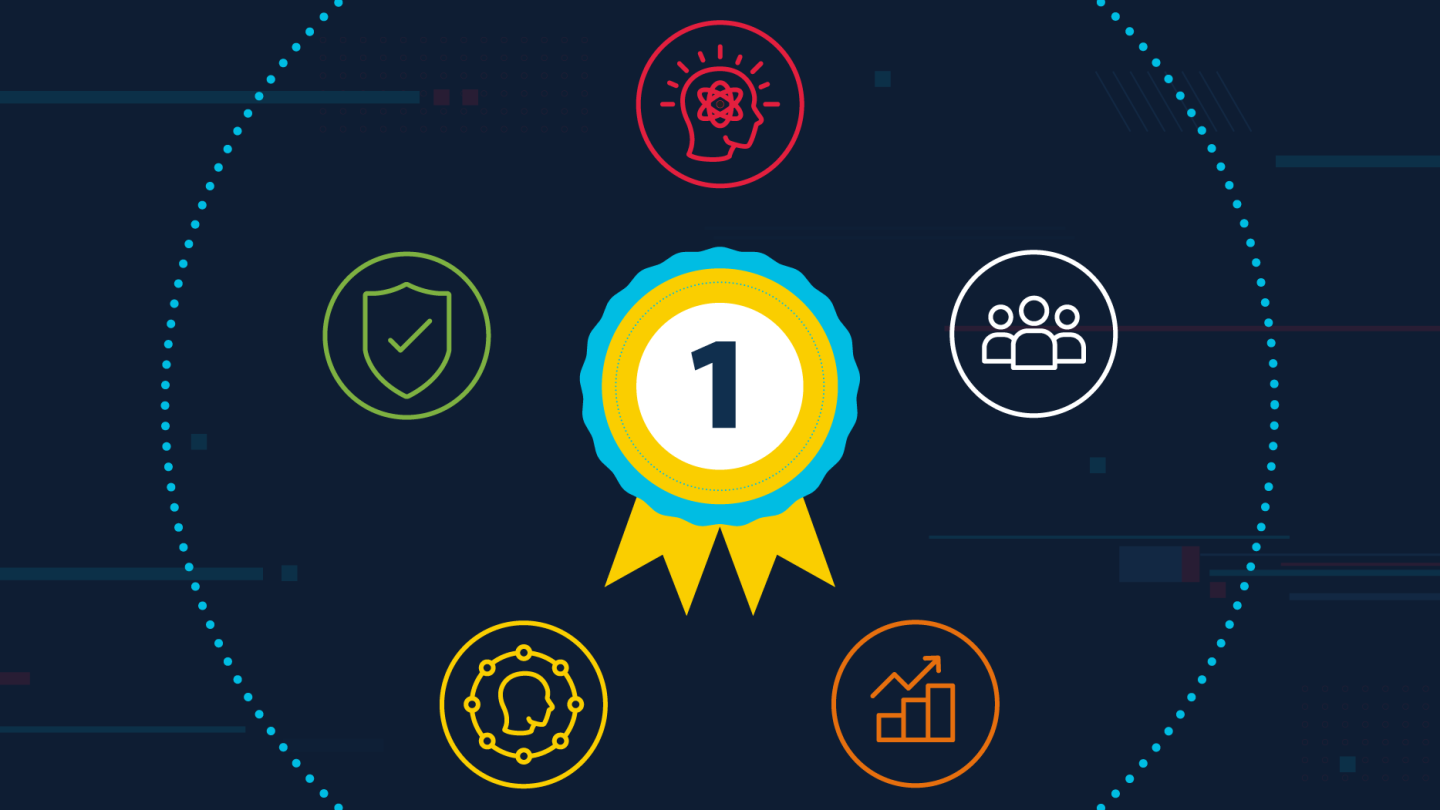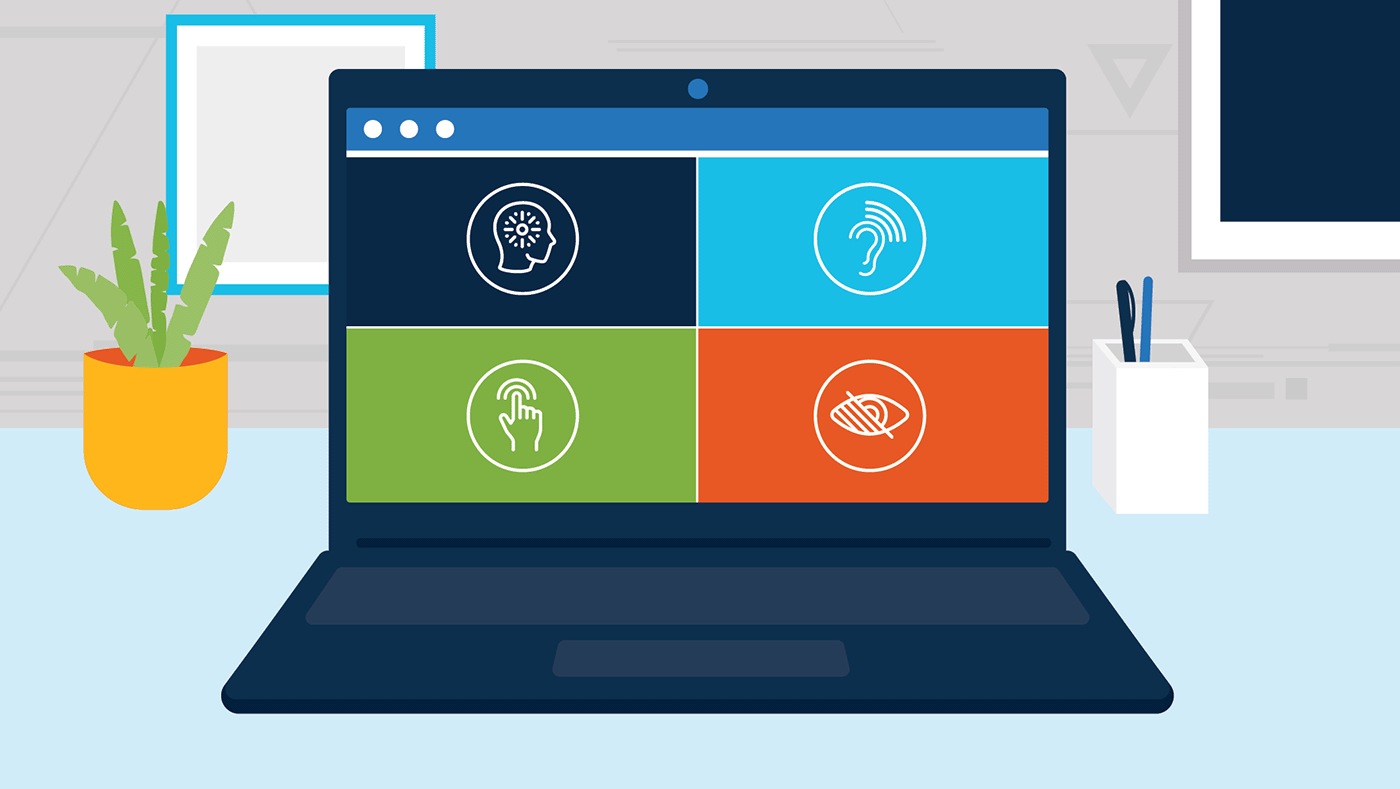Appears In

Cherri Waters began her VA career in 2009 as a Facility Chief Information Officer for VA Connecticut Healthcare System. She served as the Director of Device Improvement, Field Operations Transformation Lead, and Network Chief Information Officer for VISN1. Ms. Waters came to VA with over 20 years of experience in the IT industry in both the private sector and government health care sectors (Navy Medicine and USDA). In 2020, during VA’s COVID-19 rapid response mobilization, Ms. Waters successfully led a team that collaborated with the Office of Strategic Sourcing, to deploy 225,000 laptops, 12,000 mobile phones, and more than 400,000 monitors to workers nationwide to ensure that clinicians, advocates, and IT support specialists who support critical service delivery could continue to provide quality care to Veterans.
Q: Why is Women’s History Month important to you?
A: Here’s a fun fact about me as we talk about Women’s History Month: I started with the U.S. Department of Agriculture (USDA) at the age of 16, between my junior and senior year of high school. I was hired as a GS-1, my title was, “Stay in School Clerk,” I kid you not! I took a pay cut from McDonald’s to go work for USDA, but I really wanted to do it, as it offered an opportunity to be an intern during my senior year of high school and gain workplace experience. I stayed with USDA through my first three years of college (this was in the ‘90s). For my first few years in college I was an electrical engineering major; despite my engineering major I was classified as a clerical employee. At this time females were employed as “Clerks” and graded at the GS-1 or GS-2 level whereas my male peers were employed as “Student Trainees” and graded at the GS-3, -4, -5 level (depending on their year in college).
It’s an interesting thing to think back on and think about how it impacted my life and career moving forward. For me, providing opportunities equally to everyone and addressing gender income disparity and equal pay for equal work is important.
Q: How did you choose the IT field and why?
A few years after graduating college I left the private sector and returned to USDA as a Loan Officer, doing multi-family subsidized loans, construction inspections, tenant interviews, and borrower audits. Outside of work I was running a bulletin board service out of my apartment at night, doing really geeky fun things, so leaders at work were like, “Hey, you like IT! You should take on IT as a collateral duty.” I took the collateral duty, and I became responsible for IT service delivery at 27 office locations in Maine. I ended up transitioning into the IT support role full-time, then I was tapped to take on IT tasks on the national level for USDA. Later I decided to make a career move and go to Navy Medicine as an IT Manager. I had a few jobs after leaving the Navy and before coming to VA, including running a hospital IT department in the private sector and teaching IT classes in college for a while. In that, I was trying to grow the next generation of IT support personnel to be employees I would want to hire. This is something I feel really passionate about.
Q: How do women in OIT make an impact on Veteran lives?
I think everyone in IT makes an impact on Veteran lives every single day through the things we do. End user operations employees have direct interaction with our partners in the field, delivering services to the Veterans who come into our facilities. We know the applications and tools developed and deployed across IT, so we are the tip of the spear. These applications and tools enable our partners to provide Veterans better care. That’s what we do, in terms of the impact. As women, we have interpersonal and intuitive skills that many of us obtain because of the roles we live in our lives, right? For example, when your kid walks by and they have a weird look on their face, you might sit back and say, “Hmm, I wonder if they’re OK, I wonder if I should check in on them?” A lot of the skills we learn, the personal interaction skills, those people skills, help us as we are serving Veterans and being members of the community and working in our facilities. It’s not always just about the IT services and products we provide, it’s about caring for the Veterans we interact with every day.
Q: Regarding VA’s Mission — “To care for him who shall have borne the battle, and for his widow, and his orphan” — how does this resonate with you and inform your work in OIT?
I have a 98-year-old grandfather who is a proud Marine, and he receives his care at a VA hospital. I come from a long legacy of family members who were in the military and my great-grandfather wrote a poem about the Togus, Maine VA Hospital and the care that he received there. Also, my first health IT job was in Navy Medicine. In that role as IT Manager, I remember dealing with active duty service members and thinking, “There can’t be any better purpose than this! I am so lucky to have a purpose-filled job and life!” So later when I came to VA, I had a whole different level of respect and love for the care that we give to Veterans. I know the care we give to Veterans is so much better than what they can get out in the private sector. I just know this, having worked also in the private sector. I am super passionate about working at VA, not just because of my family but because it is my way of providing services to the people who have served our country.
Q: What is your mantra for success?
One of the things I feel strongly about is that people get their attitude from us leaders. If we walk into the room, and we’re having a bad day, it will impact everybody around us. I have sign in my home that says, “Today is a good day for a good day.” If we walk into a room with a sense of confidence and a positive attitude, that’s going to rub off on the people around us. One thing I would want people who interact with me to say about me is that I bring a sense of positive optimism. Times can be tough, things can be hard, but together, we can work as partners and find solutions.
Q: What advice would you give women entering the tech field? Is there anything that you wish you had known?
The first piece of advice comes from the book “Lean In,” by Sheryl Sandberg, Chief Operating Officer of Facebook. One of the things she talks about is, “Take a seat at the table.” The reason why that resonated so strongly with me is Sandberg talks about a key difference in genders in professional settings. With males, as soon as they come into the room, they take a seat at the table, while often, women will take a seat in the row against the wall. Early in my career at VA, I did a three week-long CIO shadowing assignment. I shadowed the CIO everywhere, in meetings with the Secretary, at the Pentagon, in Congress, everywhere. I remember the people who coached us in that shadowing program would say to us, “Now take your cues from the CIO. If he invites you to sit at the table, take it. If he doesn’t invite you to sit at the table, then sit against the wall.” I tried to take that approach, however, there were several times during the shadowing period when the CIO invited me to sit at the conference table and I said, “No, I’m good, I’m fine” and I sat against the wall! When I read that part of Ms. Sandberg’s book, I saw myself in the example she provided, and it was a literal facepalm moment. So, now I pass that piece of advice on: Take a seat at the table.





